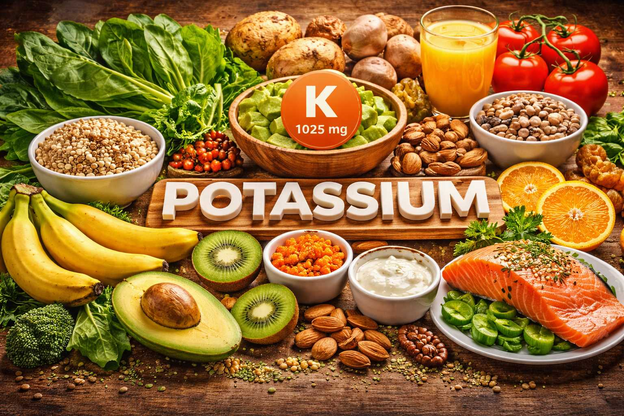Knowing what's in your natural health supplements is key to knowing what you're putting in your body and whether or not it's safe. However, some products may be a bit more perplexing than others. If you're new to CBD products, for example, you may not know exactly what you're getting when you're trying CBD out for the first time. Here's what you need to know about the different ingredients used in CBD so that you can try out CBD products with confidence.
What Is CBD?
So, what exactly is CBD? CBD is a compound that's present in the hemp plant alongside a host of other compounds known as cannabinoids. If you're familiar with cannabis or marijuana, you know about THC, which is the most popular and well-known cannabinoid. CBD is similar to THC. But whereas THC affects the brain, CBD doesn't produce any psychoactive effects. This allows you to see if cannabinoids can work for you without worrying about the legality of your products or experiencing a high when you're managing daily activities.
Different Ingredients Used in CBD
There are two types of ingredients used in CBD: the ingredients needed to make the products and the ingredients that may be added to amplify the effects.
For example, if you're taking CBD oil, you'll naturally find ingredients like MCT oil. MCT oil is a character oil that more concentrated oils are mixed into. MCT oil helps deliver CBD without requiring you to take straight, powerful doses of CBD all at once. Likewise, CBD edibles may contain gelatin, food ingredients, and other necessary additions to deliver the end product.
With that in mind, some products will add extra ingredients to the product in order to amplify the effects of CBD. One excellent example of this is CBD sleep products. CBD sleep products may use ingredients like lavender or melatonin to help you fall asleep faster. Topical CBD products may use ingredients like camphor to mimic other analgesic topicals.
It's also worth noting that there may be different types of CBD present in your CBD products. Full-spectrum CBD contains all elements of the hemp plant, including trace amounts of THC. Meanwhile, broad-spectrum products contain all hemp plant matter without THC, and CBD isolate is pure CBD.
Take care to read the ingredient list on any product you plan on taking. You should also check the certificate of analysis to get a better breakdown of what's in your CBD products.
The Health Benefits of CBD
What can CBD do? There are numerous statements regarding the application of CBD. However, it's used by most to help them feel more relaxed and at ease, address day-to-day discomfort, and improve the quality of sleep. The efficacy of CBD will vary from person to person, so don't be afraid to try different mediums or doses until you find something that works for you.
CBD products are packed with a wide range of ingredients, and it's important to know what these are so you know what you're taking. Compare your CBD products with this guide to better understand why certain ingredients are in your products and what they may mean for you.



















